EAT - GUUD
This was more of a personal project, but one that I found very useful in both everyday usage and acquiring knowledge. Back during late 2020, I found that It was increasingly difficult to maintain a healthy lifestyle due to world events that was happening. Due to this, I was in need of some sort of meal/calorie tracker to aid in meal prepping.
While there were options out there on the market, I figured it would be best to create a custom solution that would fit my needs. It would help keep my software engineering skills sharp while allowing me to learn new things about how I could use the technologies available at the time.
Major Technologies And Languages Used
That I can talk about of course…
Flutter
Dart
A Way To Track Meals Eaten
Prevent Over / Under Eating
It’s one thing to type out what you’ve eaten. It’s a completely different thing to map it out on a reference image. I personally found that being able to do such a thing massively helped with labeling what foods I was eating. Doing so in a visual manner made it more intuitive vs listing everything out. It was a subtle change but one that made a massive difference with the overall experience of meal tracking.
Whatever was provided was stored on a per day basis, and at the end each week, there would be a general summary that would encompass everything that was eaten and tally up calories per week.
There was also a history section that I built in order to view everything that was consumed over the course of the week in a visual way.
A Visual Approach
Ooo Pretty Colors
Since the focus was to create a more visual experience to calorie tracking and meal planning, being able to present all the collected data in an appealing way was a major concern.
I worked with several different ways of displaying the collected data including bar graphs, pie charts and line charts.
I also experimented with a few unique ways of presenting that data included a mind map format. There was also the number dump method that did make it easy to view information quickly but didn’t look as appealing as I would’ve liked.
Comparing Against Health Experts
A Site Of Friendly Competition
Since I was tracking calories by what was eaten, It only made sense to compare data that I gave to what was considered ‘healthy.’ I created a system that regularly compared inputs that was given against what should be considered healthy.
It looked at several factors including the types of foods in the meal, their calorie count, and general stats of the food.
This was compared against what a ‘balanced’ meal should look. Any discrepancies would result in a friendly warning. It also had the ability to suggest alternative foods to eat if there was the same types of foods within a time frame or if certain calorie goals weren’t met.

